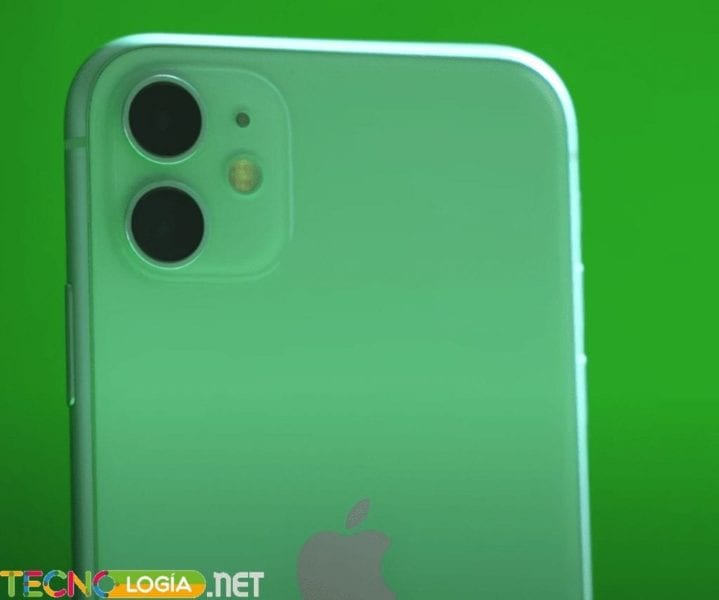Samsung introduced the Galaxy Note 20 with a new ultra-wideband (UWB) sensor. It is a chip that allows wireless communication to be maintained with greater precision and faster between devices.
UWB is also present in the iPhone 11 (Apple) through the U1 chip, a feature that works similarly to Bluetooth or Wi-Fi, but the bandwidth is greater and it has a shorter range.
Below, we will give you all the details about this new chip.
What is UWB?
UWB is the acronym for ultra-wideband technology that emits electromagnetic waves, like Bluetooth, but works at a higher frequency. This allows data transmission to be much faster and with greater capacity on the devices.
This technology allows electromagnetic waves to recognize the environment in real time, identifying the exact location of devices that have UWB receivers.
electromagnetic pulses
UWB sends electromagnetic pulses within a 10-meter radius and identifies receiving devices in about two nanoseconds. Basically, it works like a radar, as it scans a space and precisely identifies the devices, allowing communication between them.
Because receivers convert received electromagnetic waves into data, UWB is ideal for transmitting large files between devices. However, the use has limited space and does not do a good job in environments with many walls, as Wi-Fi does. However, its small range combined with a high frequency is what allows a secure connection without risk of interference.
The spatial recognition system was already used in smartphones via Bluetooth and Wi-Fi, but Apple was the first smartphone manufacturer to incorporate it into UWB technology with the iPhone 11, increasing accuracy, stability and the speed of the signal, as well as the ability to transmit data.
How was UWB created?
Although its name is becoming commercially popular now, UWB technology has been around for at least 100 years. At first, it was used in radios that communicated over short distances wirelessly.
However, since 1920 its use was restricted for application in military defense. Only in 1992 did the scientific community begin to study this technology for other purposes.
Since then, UWB has been used in radar, commercial electronics, personal wireless networks and even for tracking medical devices before its arrival in mobile phones.
Due to the low power, the signal is very difficult to detect, allowing for secure communication. Additionally, this configuration also requires less electrical energy, making it economical.

Expert in SEO/SEM and communication on social networks.
CEO at tecnologia.net and passionate about everything related to technological progress






